Tall Meadow Rue
- September 25, 2023
- 0 comment
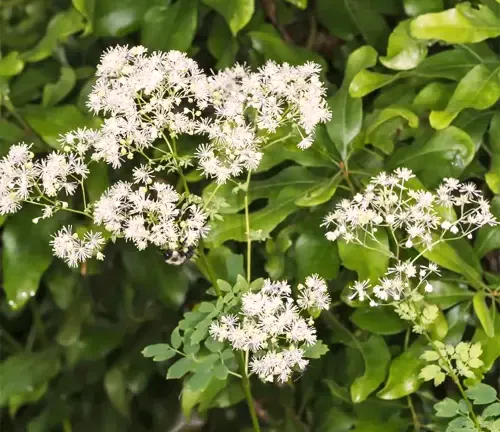
Tall Meadow Rue, scientifically known as Thalictrum pubescens, is a striking native perennial wildflower found across various regions of North America. This elegant plant is recognized for its slender, tall stems that can reach heights of 3 to 6 feet, crowned by clusters of delicate, greenish-yellow to white flowers. Its fern-like, bluish-green leaves add to its grace. Tall Meadow Rue thrives in moist meadows, along stream banks, and in damp woodlands, often attracting pollinators like bees and butterflies. Beyond its aesthetic appeal, this wildflower contributes to the stability of wetland ecosystems, preventing soil erosion and offering essential habitat and nourishment for local wildlife.
What truly distinguishes Tall Meadow Rue are its delicate clusters of small, greenish-yellow to white flowers, forming branched, elongated panicles. These intricate blooms not only catch the eye but also serve as a beacon for pollinators, including bees and butterflies, making it an essential contributor to local ecosystems. Its preferred habitats encompass moist meadows, riverbanks, and damp woodlands, where it thrives under the interplay of sunlight and consistent moisture.
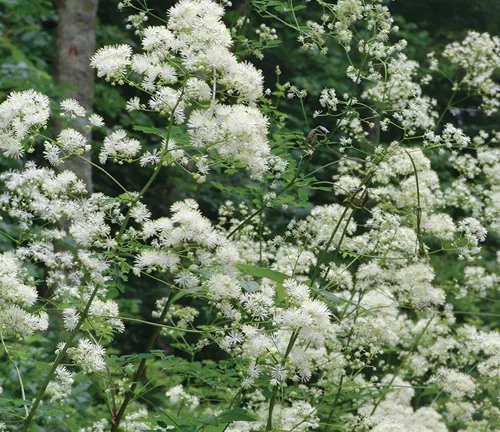
Beyond its aesthetic appeal, Tall Meadow Rue plays a vital ecological role. It stabilizes wetland ecosystems by preventing soil erosion and offering sanctuary to a variety of wildlife. This perennial wildflower provides both habitat and nourishment for indigenous creatures, thus enhancing the overall biodiversity of its surroundings.
| Characteristic | Description |
| Scientific Name | Thalictrum pubescens |
| Common Names | Tall Meadow Rue, King of the Meadow |
| Plant Type | Perennial Wildflower |
| Size | 3 to 6 feet (90 to 180 cm) in height, 1 to 2 feet (30 to 60 cm) spread |
| Foliage | Finely divided, fern-like bluish-green leaves |
| Flowers | Small, pale greenish-yellow to white flowers in branched, elongated panicles |
| Habitat | Moist meadows, wetlands, along stream banks |
| Preferred Conditions | Adequate sunlight and consistent moisture |
| Blooming Period | Late spring to early summer |
| Ecological Importance | Prevents soil erosion, supports wetland ecosystems, attracts pollinators (bees and butterflies) |
| Cultivation | Suitable for gardens with consistent moisture |
| Leaves | The fern-like leaves are finely divided and have a bluish-green color, giving the plant an elegant and delicate appearance. |
| Landscape Use | Adds elegance to gardens and wetland restoration projects |
| Maintenance | Minimal maintenance once established, may require watering in drier conditions |
Getting to Know the Botanical Beauty
Imagine a plant that gracefully sways in the breeze, adorning wetland meadows and woodland edges with its delicate presence. This botanical beauty, known as Tall Meadow Rue (Thalictrum pubescens), is a native perennial wildflower that captivates both naturalists and garden enthusiasts alike. In this article, we’ll delve into the enchanting world of Tall Meadow Rue, exploring its appearance, habitat, and intriguing features.
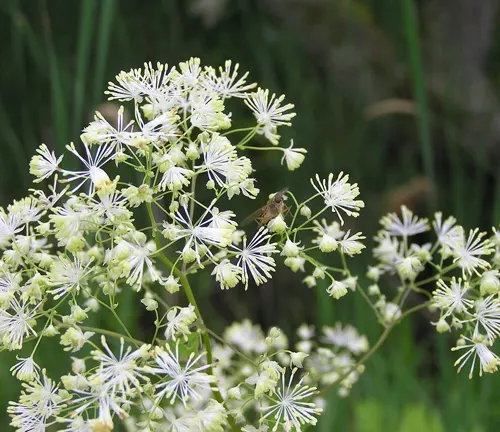
The Grace of Tall Meadow Rue
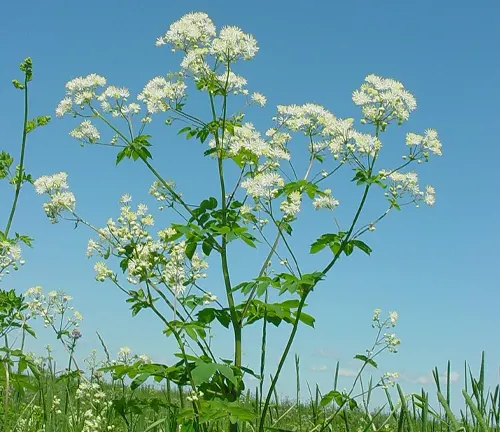
Tall Meadow Rue, also referred to as the “King of the Meadow,” boasts an exceptional elegance that sets it apart. Standing tall at heights of 3 to 6 feet, this perennial wildflower showcases slender stems and finely divided, fern-like leaves. Their bluish-green hue adds a touch of sophistication to its overall appearance. But what truly steals the spotlight are the clusters of small, pale greenish-yellow to white flowers that crown the plant. These blooms, with their intricate structure, create a mesmerizing spectacle, making Tall Meadow Rue a standout in woodland and wetland environments.
Ecological Importance
Beyond its aesthetic appeal, Tall Meadow Rue plays a vital role in supporting local ecosystems. Found in moist meadows, along riverbanks, and in damp woodlands, it thrives under the interplay of sunlight and moisture. This perennial wildflower offers sanctuary and sustenance to various pollinators, including bees and butterflies, enhancing the biodiversity of its surroundings. Moreover, Tall Meadow Rue contributes to soil stabilization in wetland ecosystems, preventing erosion and preserving these delicate habitats.
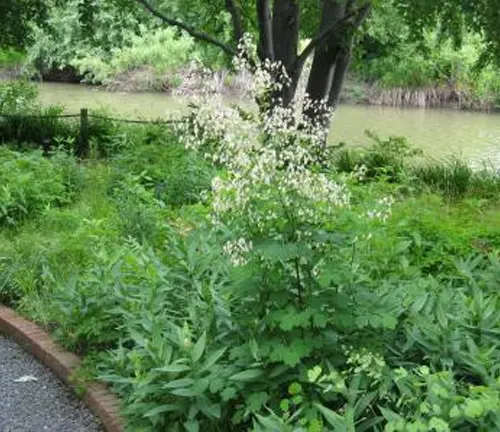
Cultivation and Conservation
Gardeners with an appreciation for natural beauty often cultivate Tall Meadow Rue to enhance their landscapes. To successfully grow this plant, consistent moisture is key. Its graceful demeanor makes it a sought-after addition to both wildflower gardens and wetland restoration projects. However, as with many native species, conservation efforts are crucial to protect Tall Meadow Rue and its habitat, ensuring future generations can enjoy its charm.
Fragrance
While Tall Meadow Rue may not be known for its fragrance like some other flowers, its subtle scent adds to its overall appeal. The delicate aroma, often described as lightly sweet or herbal, wafts through the air when you approach a stand of these elegant plants. It’s a testament to the sensory richness that this wildflower brings to its natural habitat.
Soil Stabilization
One of the unsung heroes of Tall Meadow Rue is its role in soil stabilization. In wetland ecosystems, where erosion can be a significant issue, this perennial wildflower’s root system acts as a guardian, anchoring the soil and preventing it from washing away. This ecological service is essential for maintaining the integrity of these sensitive environments.

Benefits Beyond Beauty
Tall meadow rue (Thalictrum pubescens) is a plant that has been used in traditional medicine for centuries to treat a variety of ailments. Some of the potential medical benefits of tall meadow rue include anti-inflammatory, antioxidant, and antibacterial properties.
Tall meadow rue contains compounds that have been shown to reduce inflammation in the body. This could be beneficial for conditions such as arthritis, asthma, and inflammatory bowel disease. Tall meadow rue also contains antioxidants, which can help to protect the body from damage caused by free radicals. Free radicals are unstable molecules that can damage cells and contribute to the development of chronic diseases.
Different Species of Meadow Rues
Thalictrum aquilegiifolium
Commonly known as “Columbine Meadow Rue,” this species is recognized for its distinct, fern-like leaves and delicate, airy flowers. It is native to parts of Europe and Asia and is a popular ornamental plant in gardens.
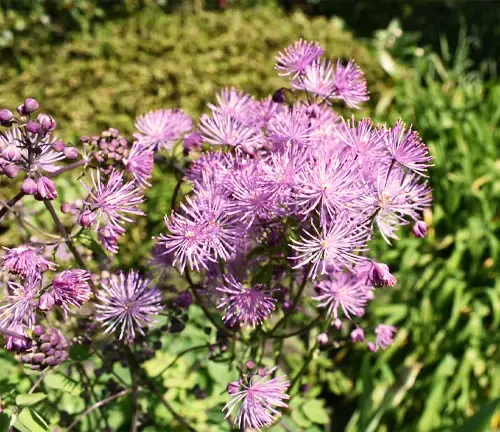
Thalictrum delavayi
Known as “Chinese Meadow Rue,” this species hails from Asia, particularly China. It features attractive, deeply divided leaves and clusters of lavender to purple flowers, making it a favorite in garden settings.
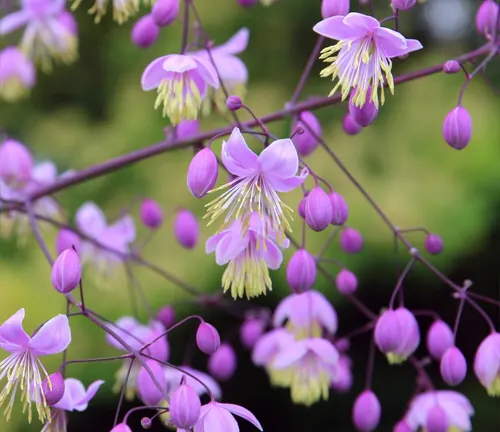
Thalictrum rochebrunianum
Also called “Lavender Mist Meadow Rue,” this species is native to China and features tall, slender stems with airy lavender to lilac-pink flowers. It’s valued for its graceful appearance and is commonly grown in gardens.
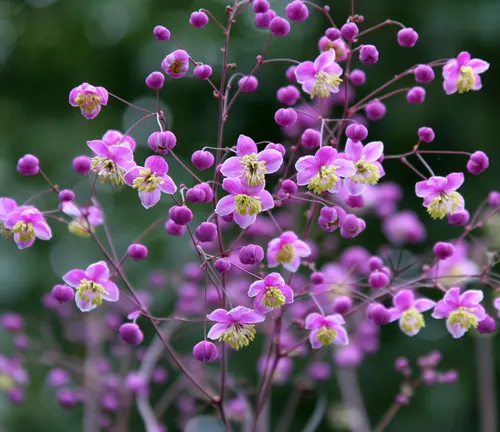
Thalictrum flavum
“Yellow Meadow Rue” is native to Europe and Asia and is named for its yellow flowers. It has a more compact growth habit compared to some other species in the genus.
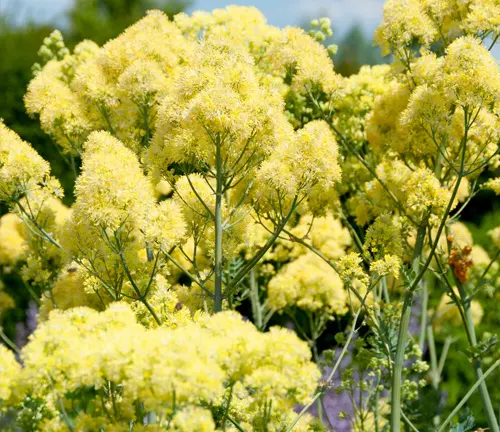
Thalictrum dioicum
Also known as “Early Meadow Rue,” this species is native to North America and is recognized for its early spring bloom. It has separate male and female plants and is often found in woodland settings.

Thalictrum cooleyi
Native to the southeastern United States, this species is called “Cooley’s Meadow Rue.” It has finely divided leaves and produces clusters of white or greenish flowers.
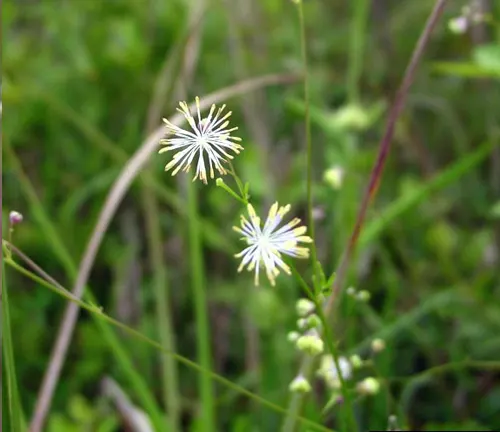
Thalictrum dasycarpum
“Purple Meadow Rue” is a North American native species known for its tall, branching stems and purple to pinkish-purple flowers.
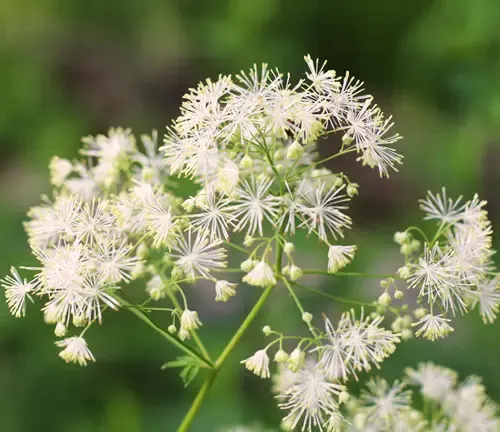
Frequently Asked Questions (FAQs)
- Is Tall Meadow Rue related to other types of rue plants?
Tall Meadow Rue is not closely related to the true rue plants (Ruta genus) but belongs to the Thalictrum genus, which is part of the Ranunculaceae family. Despite the similar-sounding name, these two plant groups are botanically distinct. - Are there any folklore or cultural stories associated with Tall Meadow Rue?
While Tall Meadow Rue may not have as extensive folklore as some other plants, it has been historically used in various Native American traditions for medicinal and ceremonial purposes. Exploring these cultural connections can provide unique insights into their significance. - Can I use Tall Meadow Rue as a companion plant in my garden?
Yes, Tall Meadow Rue can serve as a companion plant in your garden. Its tall growth can provide shade to smaller plants, and its attractive flowers can draw beneficial pollinators to the garden, potentially improving the overall health of your garden ecosystem. - Does Tall Meadow Rue have any unique adaptations to its wetland habitat?
Tall Meadow Rue exhibits adaptations to its wetland habitat, such as a fibrous root system that helps stabilize soil in areas prone to erosion. Additionally, its preference for moist conditions allows it to thrive in environments that might be challenging for other plant species. - Can Tall Meadow Rue be used for natural dyeing purposes?
While some Thalictrum species have historical uses in natural dyeing, Tall Meadow Rue’s dyeing properties are less documented. Exploring its potential as a natural dye source could be an intriguing and unique project for those interested in botanical dyes.


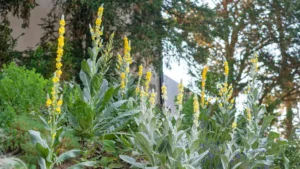
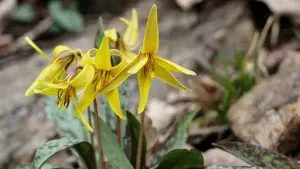
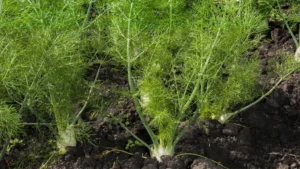

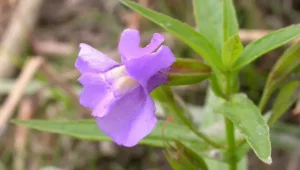


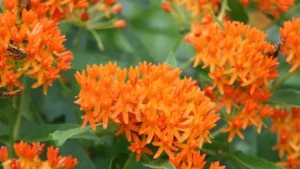
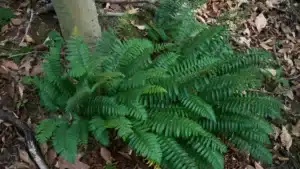



Leave your comment